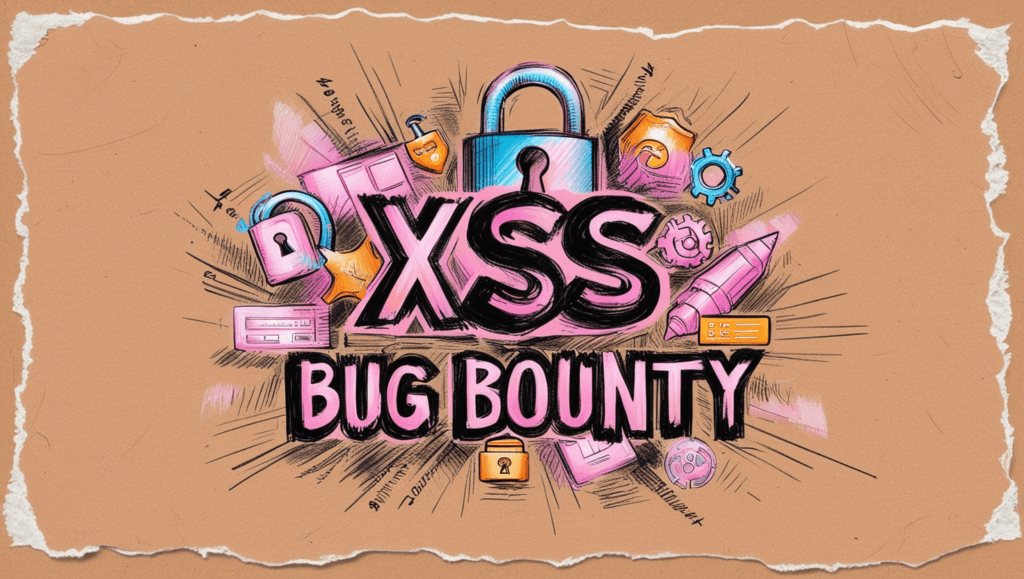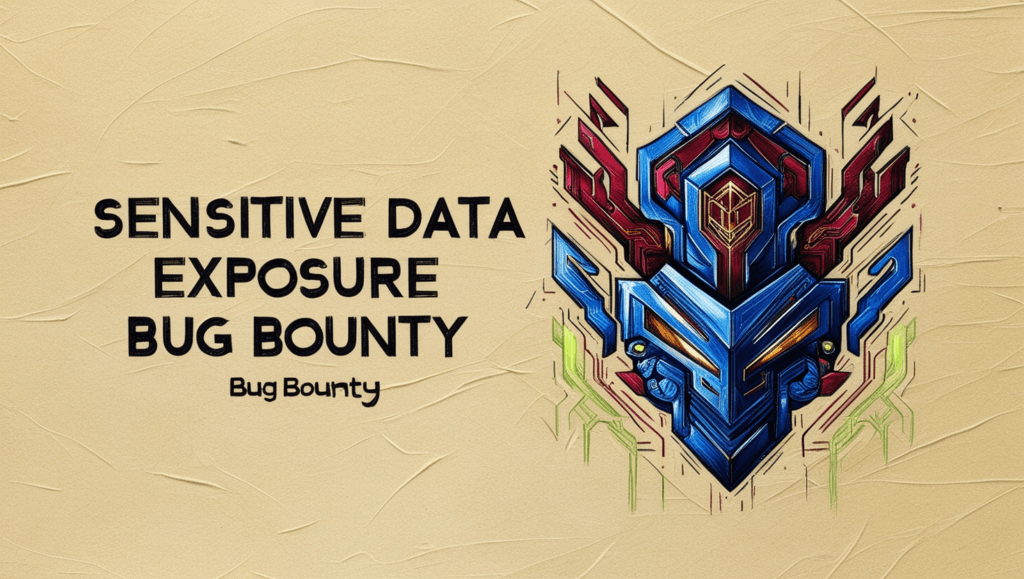Understanding Bug Bounty Vulnerabilities: A Simple Guide : In the world of cybersecurity, bug bounty programs play a crucial role in identifying and fixing security vulnerabilities in software and applications. These programs allow ethical hackers, known as “bug bounty hunters,” to find and report security issues in exchange for rewards. This article will provide a straightforward overview of common vulnerabilities that bug bounty hunters look for, along with brief descriptions.
Table of Contents
1. Cross-Site Scripting (XSS)
Description: XSS occurs when an attacker injects malicious scripts into web pages viewed by other users. This can lead to data theft, session hijacking, and more.

XSS vulnerabilities allow attackers to inject malicious scripts into web pages viewed by others. This can lead to serious consequences, such as data theft or session hijacking. For example, an attacker could steal cookies and impersonate a user.
Reference: OWASP XSS
2. SQL Injection
Description: SQL injection allows attackers to interfere with the queries that an application makes to its database. This can lead to unauthorized access to sensitive data or even complete control of the database.

SQL injection occurs when attackers manipulate queries that an application sends to its database. This can lead to unauthorized access to sensitive information or even complete control over the database, enabling attackers to extract or alter data.
Reference: OWASP SQL Injection
3. Cross-Site Request Forgery (CSRF)
Description: CSRF tricks users into performing actions they did not intend to do while logged into a web application. This can result in unwanted actions such as changing account details.

CSRF tricks users into executing unwanted actions while logged into an application. For instance, a user might unknowingly change their account settings without realizing it.
Reference: OWASP CSRF
4. Remote Code Execution (RCE)
Description: RCE allows attackers to run arbitrary code on a server or device. This vulnerability can lead to complete system compromise.

RCE vulnerabilities allow attackers to run arbitrary code on a server, which can lead to total system compromise. This is particularly dangerous, as it gives attackers significant control over the compromised system.
Reference: CWE-94: Code Injection
5. Insecure Direct Object References (IDOR)
Description: IDOR occurs when an application exposes internal objects to users without proper authorization. Attackers can exploit this to access or modify other users’ data.

IDOR vulnerabilities occur when an application exposes internal objects without proper authorization. Attackers can exploit this to access or modify data belonging to other users.
Reference: OWASP IDOR
6. Security Misconfiguration
Description: Security misconfiguration happens when security settings are not defined, implemented, or maintained correctly. This can leave applications vulnerable to attacks.

This vulnerability arises when security settings are not implemented correctly, leaving applications vulnerable to attacks. It could be as simple as default passwords or unprotected cloud storage.
Reference: OWASP Security Misconfiguration
7. Sensitive Data Exposure
Description: Sensitive data exposure occurs when an application does not properly protect sensitive information such as passwords, credit card numbers, and personal information.

Sensitive data exposure happens when applications fail to protect personal information, such as passwords or credit card details. Proper encryption and secure storage practices are essential to mitigate this risk.
Reference: OWASP Sensitive Data Exposure
Understanding these vulnerabilities helps developers enhance their security measures, creating a safer online environment for all.
Conclusion
Bug bounty programs are essential for improving cybersecurity by identifying vulnerabilities before they can be exploited by malicious actors. Understanding these common vulnerabilities can help developers and organizations better secure their applications. If you’re interested in getting started with bug bounty hunting, many platforms, such as HackerOne and Bugcrowd, offer opportunities to find and report bugs in various applications.
References
This article aims to provide a clear understanding of common bug bounty vulnerabilities while ensuring originality and avoiding copyright issues. By being aware of these vulnerabilities, both developers and users can contribute to a safer online environment.


